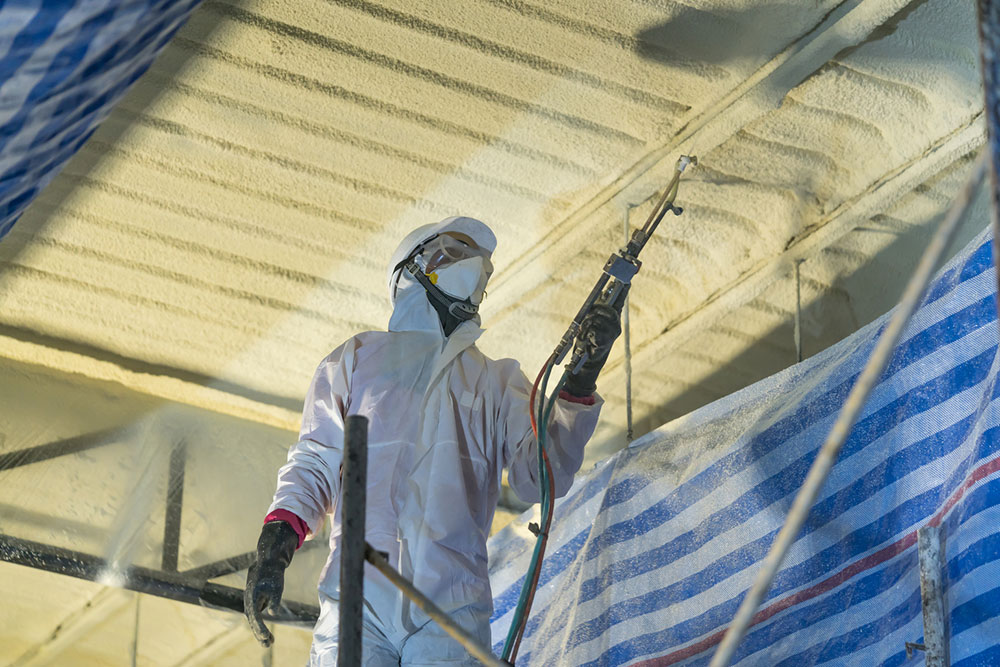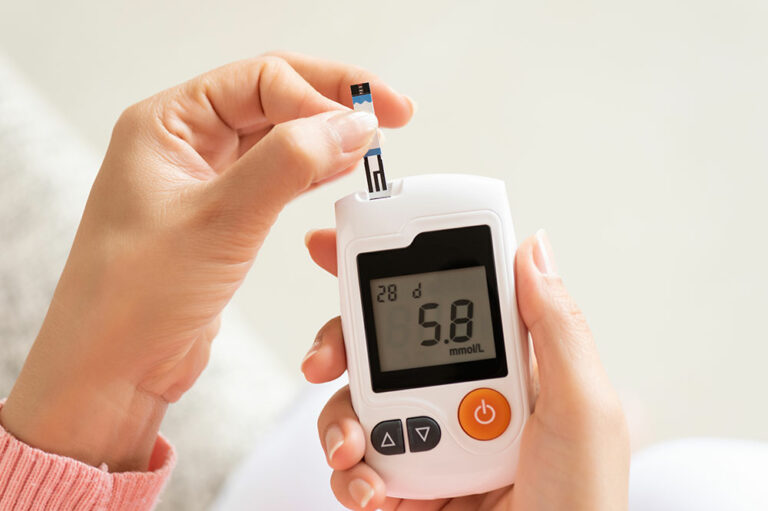
4 common spray foam insulation mistakes to avoid
Spray foam insulation is a simple yet effective method of filling cavities in a house’s walls, ceilings, floors, etc. However, its effectiveness could be severely compromised if not carried out correctly. Many individuals prefer doing the insulation themselves but fail to read the guidelines. In the long run, this could lead to several pitfalls and ineffective or failed insulations. So, to dodge this, here are some common spray foam insulation mistakes to avoid.
Ignoring protective gear
For individuals applying spray foam insulation, one must prioritize safety. The foam used for insulation consists of various chemicals that can be dangerous if not handled correctly. So, those applying spray foam must wear protective gear before beginning. The gear includes protective gloves, goggles, and a respiratory mask that are essential for keeping the eyes and lungs safe from foam particles. The gear is also essential for others present in the same room during the process.
Negligence of proper ventilation
When applying spray foam insulation, ensure the room has proper ventilation for constant airflow. This is because otherwise, the trapped air can lead to moisture formation, which can reduce the effectiveness of the insulation. The built-up moisture can also lead to mold formation in the foam, which can become a health risk.
Unchecked foam temperature
Another mistake to avoid is not keeping the foam at the correct temperature. The foam should not be too hot nor too cold when sprayed. If the foam is too hot, it may begin to crack upon drying; if it is too cold, it may have an excessively soft texture. In either case, the foam’s insulation effectiveness will be reduced. Therefore, it is advisable to set the correct temperature on the foam spraying kit before applying it.
Incorrect thickness of foam
When applying spray foam insulation, one must also ensure its correct thickness. If the layer of the sprayed foam is too thin, it might not offer the required level of insulation. On the other hand, if the foam layer is too thick, it will waste materials and money. So, reviewing the recommended process guidelines before commencing spray foam insulation is a safer option.







